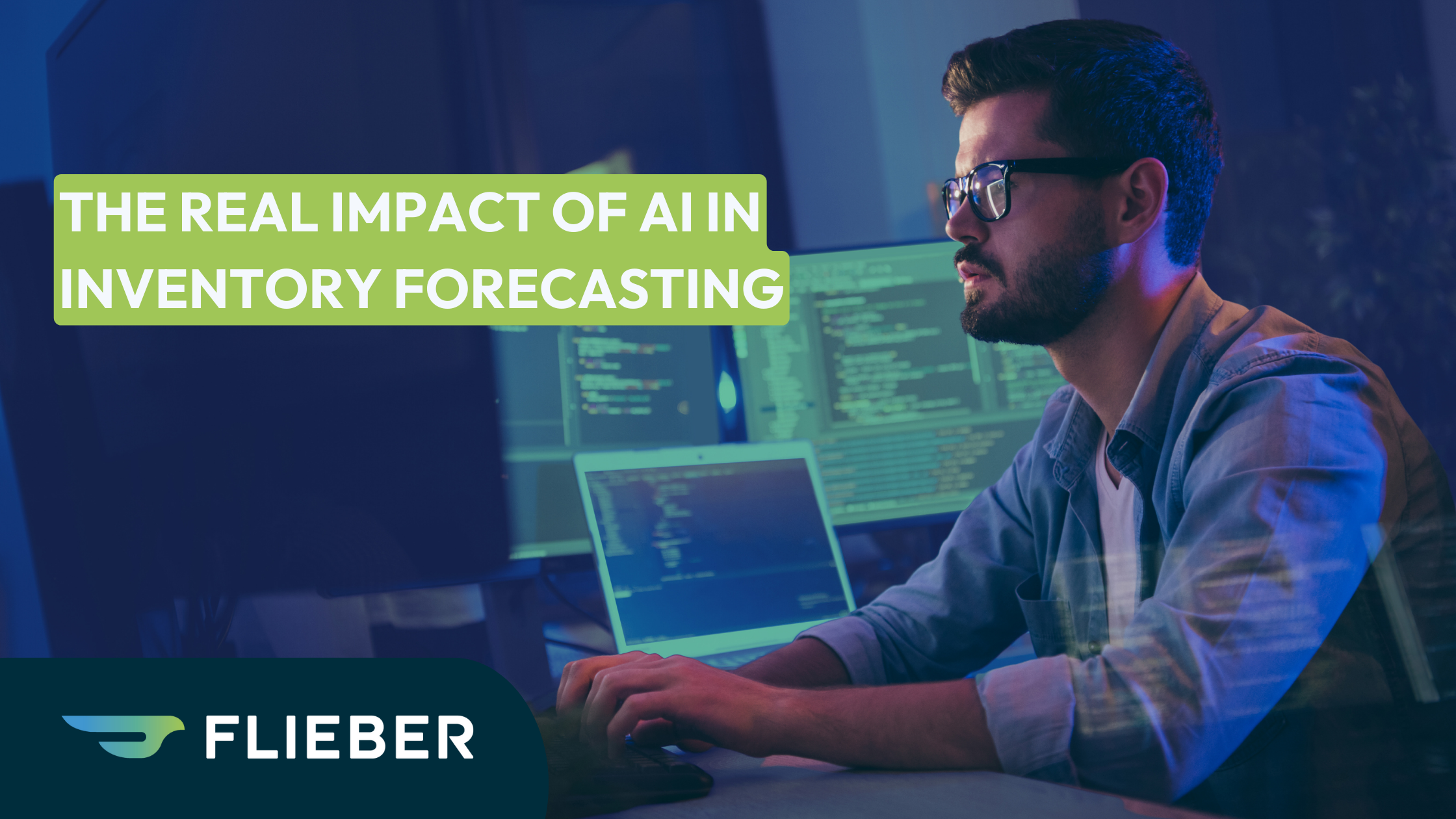Still using Excel for inventory planning?It’s holding your business back. From lost sales to wasted time, the hidden costs of manual inventory management add up fast. Here's what you're missing, and how Flieber can help you turn things around.
The Hidden Costs of Sticking with Excel
- Lost Sales Due to Stockouts: Research shows that brands lose an average of 8% in sales due to stockouts—for example, if your business has $10M in annual sales, that’s $800,000 in lost revenue.
- Trapped Cash in Overstock: Excess inventory ties up capital and increases storage...
-1.png)


.png)




.png)
.png)
